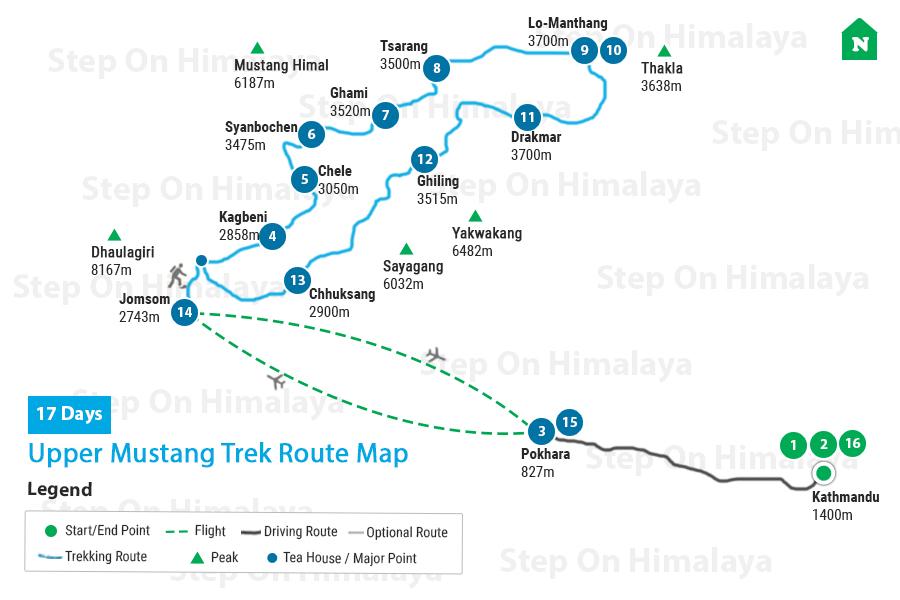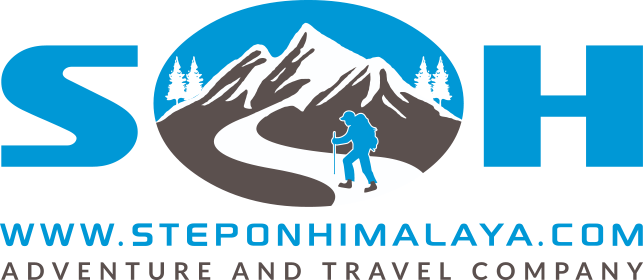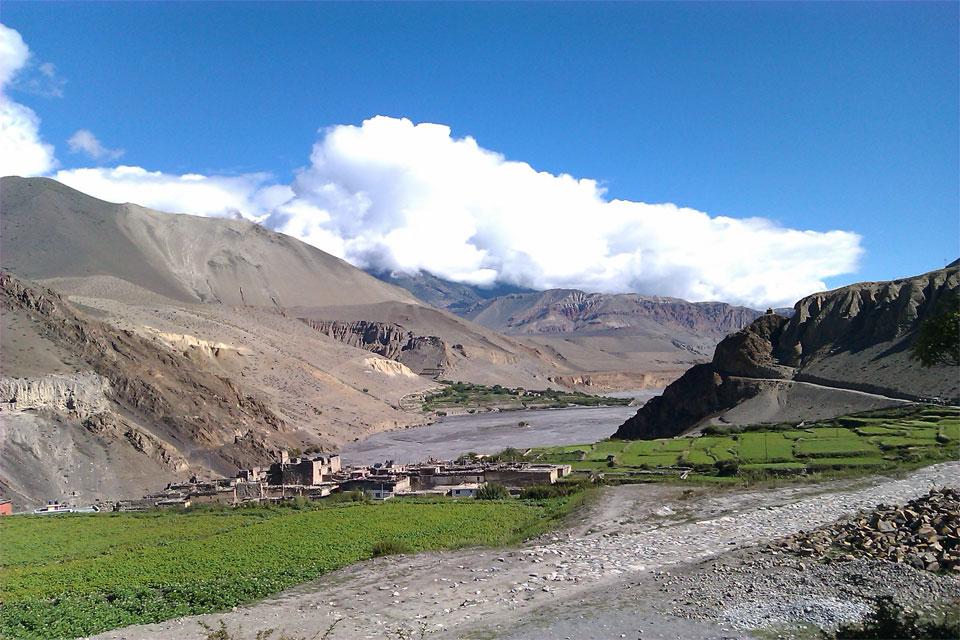Upper Mustang Trek
Trip Overview
Trip at a Glance
UPPER MUSTANG TREK
Upper Mustang Trek is the heaven of the world which is being considered as the hidden world of the Buddhist kingdom of Mustang. It is also known as “Lo” which used to be the part of the Tibet. That’s why; the culture and traditions are very much similar to Tibet. This region was forbidden for trekking and it was officially opened only about 15 years back in 1992. Even though the trekking is open for trekkers, there is some part of Upper Mustang which is still restricted for trekking. The trekkers require special trekking permit and should accompany an officer who is appointed by the government. Upper Mustang trek lies in the rain shadow, mainly in the northern part of Annapurna and Dhaulagiri ranges. This region is completely protected from the monsoon downfall. It is better to travel here during the monsoon season as the local people will be busy with their work.
View MoreDetail Itinerary
Is the proposed itinerary suitable for you?
If you are looking for a custom itinerary, please feel free to reach out to our team of professionals at any time.Trip Map

Cost Details
What is included?
- Ground transportation (Pick up and drop services from and to the Airport)
- Accommodation arrangement in 3-star hotel during Kathmandu and Pokhara stay with breakfast
- Accommodation in Tea houses/lodges during the trekking period
- Kathmandu Valley sightseeing tour guided by an English speaking, experienced Tour guide
- Domestic flights from Kathmandu to Lukla and Lukla to Kathmandu
- Entrance fees during the Sightseeing tour
- All the government and local taxes, TIMS permit and other trekking permits
- Salary, Medical and Travel Insurance, Food and Accommodation of the staff
- Porter facility (1 porter: 2 trekkers)
- All 3 meals during the trekking period (Breakfast, Lunch and Dinner)
What is not included?
- Visa fee
- International flight fare
- Travel and Medical Insurance
- Extra charges for emergency evacuation or rescues
- Accommodation and Food in Kathmandu and Pokhara other than the trekking days
- Personal expenses (bar bills, battery recharge, beverages, phone calls, internet, laundry, extra porters, hot shower, etc.)












